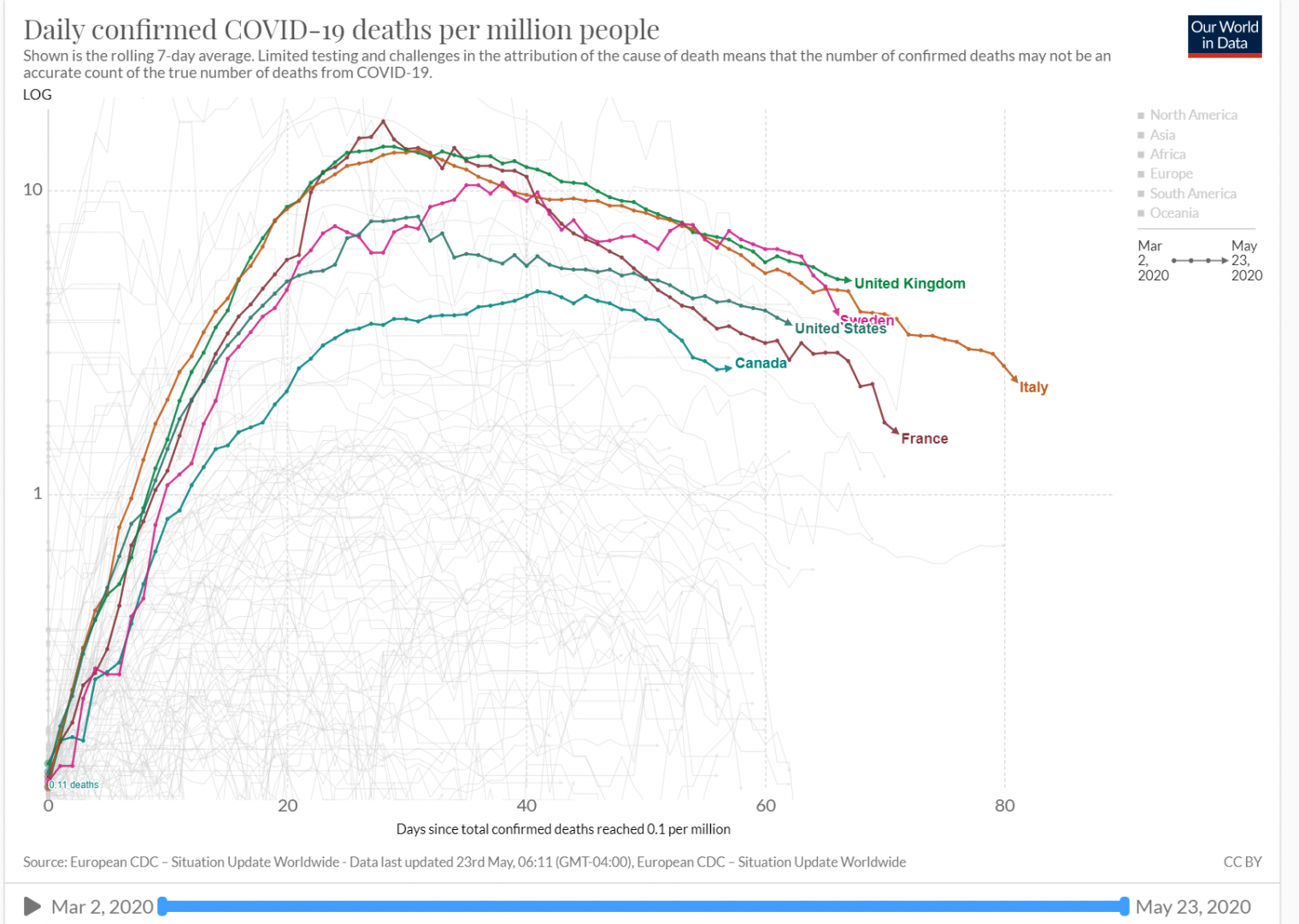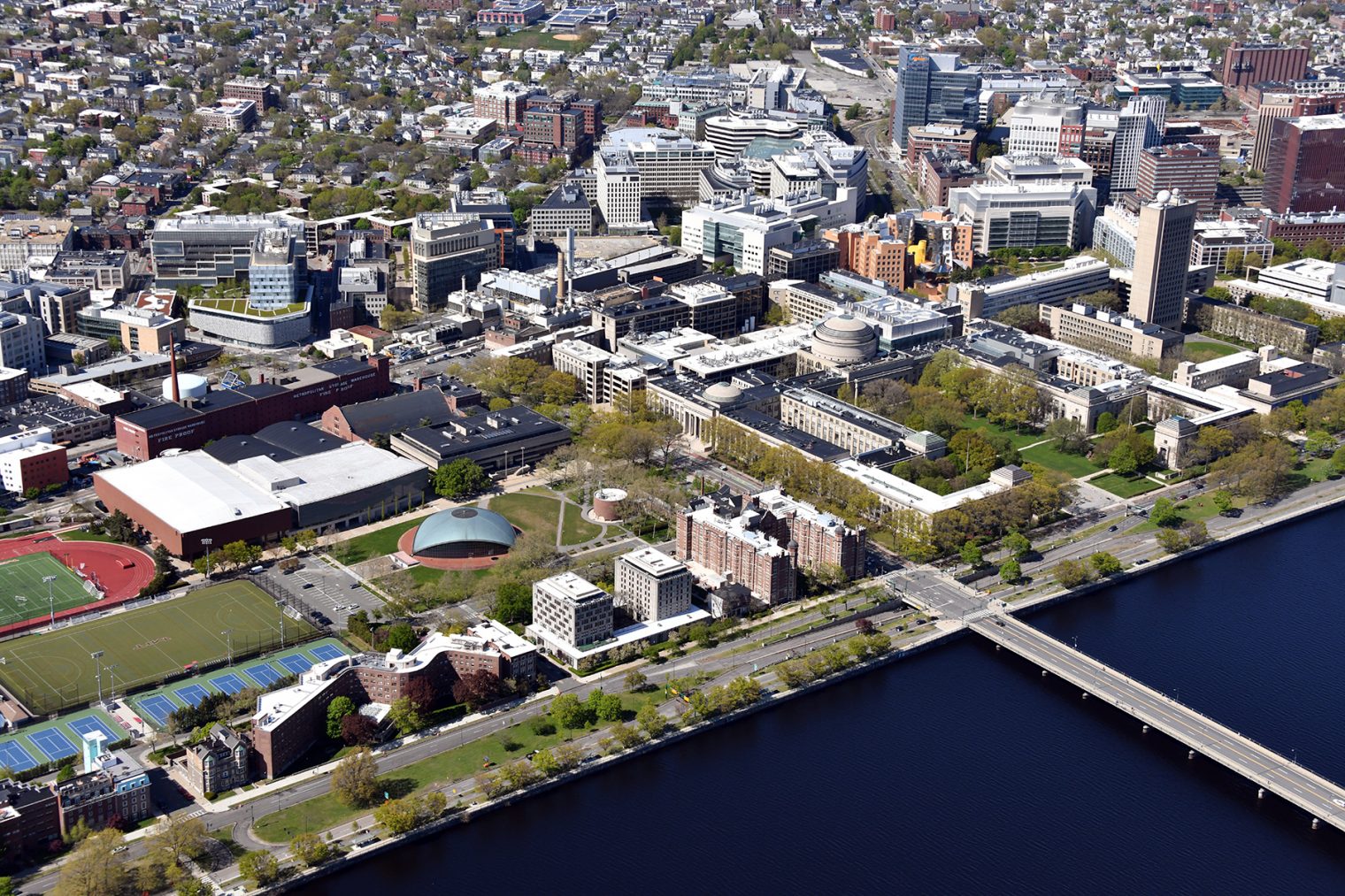At least with the only people who matter, the most popular TV show in our household is Wile E. Coyote and the Road Runner.
A big topic of discussion among friends is how the stock market can be so far out of sync with their perception of the health of the real economy. Is the market, like Wile E. Coyote, already doomed, but it won’t actually fall until someone looks down?
From a Harvard MBA friend, forwarding some content from a discussion group among investment bankers:
This is the standard “bull trap” rally. We saw this in 2007-2009 crash. It took 17 months from top to bottom and along the way there were multiple rallies lasting up to 8 weeks. The end result was a 58% drop in the S&P-500. 58% from January would bring the S&P-500 to around 1500.
The market was already way overvalued whether by Shiller’s CAPE, Buffett’s indicator, price-sales – all were in nose-bleed territory.
The 1929 crash lasted over 3 years with big rallies every few months. 80% of workers do NOT work for S&P-500 cos. They will be sleeping in their cars, defaulting on mortgages, etc., etc. Treasuries will look awfully good compared to stocks.
She also sent “Stock Market Collapse An Avalanche Waiting to Happen” from April 5, which relies on more recent data.
My response to her was that investors are not betting on the health of the U.S. economy, but rather on the tendency for U.S. politicians, of both parties, to want to stay in office. Their reelection would be at risk if the stock market goes down in nominal terms. Maybe a share of the S&P 500 will buy less in terms of Shanghai hotel stays or African safaris or beachfront property on Nantucket (i.e., indexed for inflation in the goods and services that people with money actually spend significant money on). But even the Democrats can’t afford to have the S&P 500 be lower than it was in 2016. The government did not have the tools and willingness to intervene in markets back in the 1930s that it does today.
She responded that her company is cutting pay, that she sees all of the small businesses that her big company supplies going under (being acquired for pennies by bigger competitors and/or simply disappearing), and that everything looks like a full-scale Depression. I reminded her that she is biased by being part of the private/market portion of the economy, which is only about half of the U.S. economy, the other half being direct government spending or government-regulated and taxpayer-subsidized (e.g., health care).
Readers: (1) Who is right? Her Harvard MBA friends who say the market will collapse to match the collapsed U.S. economy, or me who says that the government will rig the market until the numbers look good? (2) what is worth buying right now?
Turning our attention to what is worth buying right now… my friend’s MBA husband (example of assortative mating that exacerbates income inequality; the working class can bust into this, though, with a bit of creativity in states such as Massachusetts) wanted to find some airline stocks to buy. A mutual friend said that the credit default swap rates on airlines showed that investors expected a substantial probability of bankruptcy within five years (and remember that bondholders are ahead of shareholders; “[CDS rates] were around 20% in early April, which implies a 20-25% default probability per year for the next five years”). I personally hate airlines as an investment because if they do well, the union workers will take the profits, but if there is a downturn, the only way to get out of the union contract is a bankruptcy that wipes out the shareholders.
How about private prison companies? With millions of Americans currently on unemployment and not all of them eligible to transition to a lifetime of welfare, there are going to be a lot of residents of the U.S. with no way to get money other than stealing. The U.S. also has millions of inflexible alimony and child support orders (see “Litigation, Alimony, and Child Support in the U.S. Economy”) that can’t be modified without what might be years of court procedures and $100,000+ in legal fees. If the defendant in a family court lawsuit is ordered to pay money and doesn’t have it, the standard American solution is prison (because the defendant has violated a court order to pay) and additional debt to the plaintiff continues to accrue while the defendant is imprisoned. When the economy was basically stable, and the typical defendant was likely to keep earning whatever had been earned previously, roughly 1 in 7 child support defendants were eventually imprisoned. That number has to go up, which should increase demand for prison cells.
(See “What to do if you’re struggling to pay child support or alimony during the coronavirus crisis”:
Those obligations are calculated based on your income and assets at the time the amount is determined, and the agreement can stretch for many years. And typically, unless there’s been a material change in your income, it can be hard to alter.
Additionally, with many court systems either shut down or running in a limited capacity, getting immediate relief from a judge’s ruling could be challenging, depending on where in the country you’re located.
“The court will look not only at your income stream but also your assets,” said Shaknes. “If you’re sitting on a $2 million brokerage account, even if it had been at $3 million, you’re not getting relief.”
If you have filed for unemployment, be aware that those benefits are considered income — meaning not only is it subject to certain taxation, it counts toward your ability to pay. In some states, depending on how your support payments are typically paid, they may automatically come out of your unemployment benefits, Shaknes said.
Meanwhile, during the financial crisis of 2008-2009, courts were not that forgiving when it came to requests for support modifications, Shaknes said.
“A lot of people who suffered job losses or severe income reductions tried to get their obligations reduced and were not successful,” Shaknes said. “We kept hearing ‘go get another job.’”
)
How about Silicon Valley firms? I am negative on those due to the “sell on good news” philosophy. The “good news” of mass home imprisonment of Americans has already occurred, so Netflix, Amazon, Zoom, et al. should already have gotten whatever boost they’re going to get.
Although I generally dislike commodities on the theory that nearly all previous arguments about scarcity and price bumps have proven to be wrong in the long run (example), what about copper? If we want to make a plague-proof country, don’t we need to coat almost all surfaces with copper?
Full post, including comments 

/cdn.vox-cdn.com/uploads/chorus_image/image/45826606/cliff.0.0.jpg)

